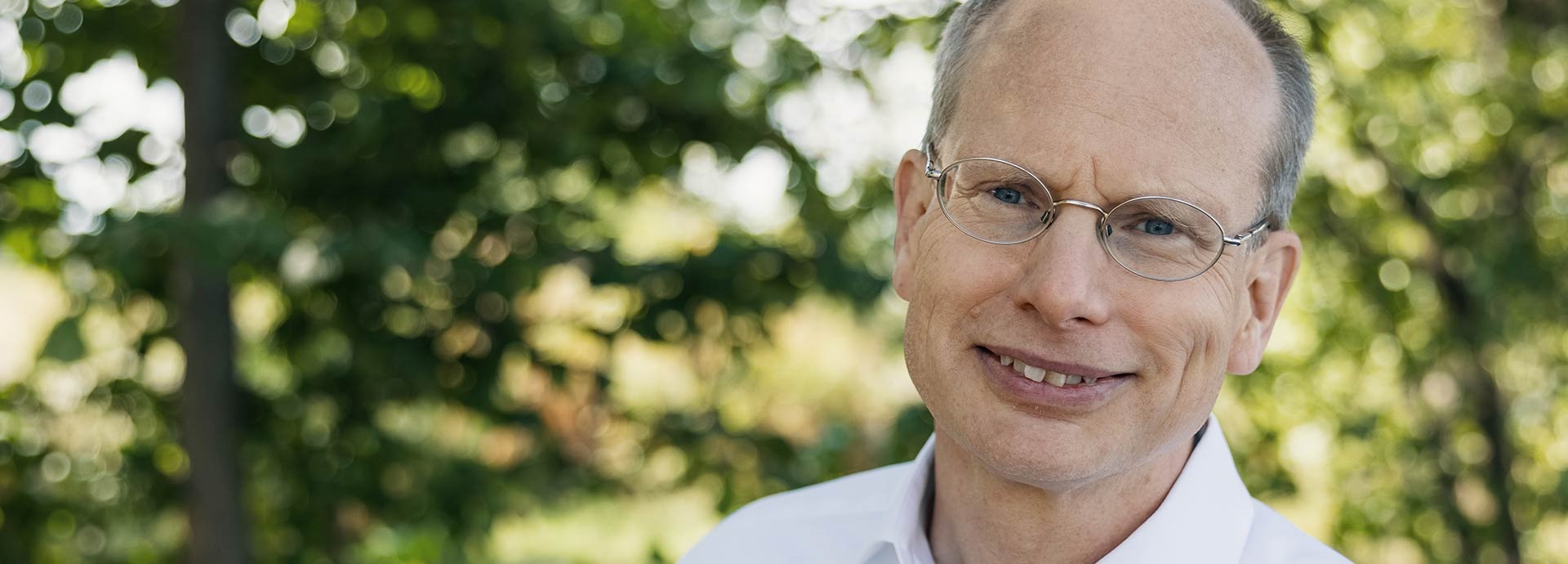

The European Commission surprised the market recently when it published the Complementary Climate Delegated Act, which says that natural gas is green if it meets certain CO2 emissions limits, replaces coal and includes a requirement to switch to low-carbon gas by 2035.
Can natural gas be considered green? If we in green solutions include technologies that will enable and accelerate decarbonisation, then this is certainly true. Using gas generation to balance the power system will enable the acceleration of intermittent renewables such as solar and wind. Gas, as a fuel, is a clear improvement over other fossil fuels and helps us to transition to a sustainable energy system as it can be gradually shifted to green fuels.
We must not let the perfect be the enemy of the good. Green is not black or white; there are many shades of green.
At Wärtsilä, we envision a 100% renewable energy future, yet it is impossible to stand on the summit of that mountain without climbing it first. We don’t have time to wait for the perfect solution. We need to make improvements today with proven technologies that can transform as decarbonisation accelerates.
Adding renewable power generation is essential, but we also need to add flexibility to our energy systems. Solar and wind – and even hydro energy, to an extent – generate power when conditions are right, but not always when power is needed. Weather and seasonal variations might cause renewables to go long periods without generating power. What a high renewable power system needs is flexible balancing capacity such as energy storage and engine power plants. Engines can quickly start and stop when we need them to, and produce power more cleanly and at a lower cost than legacy oil and coal plants.
Obsolescence over time is a painful reality in many consumer goods, but in energy and marine industries we do not want our solutions to become stranded assets for our customers. Therefore, we develop our engines so they can use the sustainable fuels of the future such as synthetic, carbon-neutral fuels or zero-carbon fuels as these become available. Today, our engines can run on 100% synthetic and carbon-neutral methane and methanol. They can also use hydrogen/natural gas blends that contain up to 25% hydrogen – and we’re working on a 100% hydrogen solution. Whichever sustainable fuel becomes the leading choice in the future, we will ensure that our engines run efficiently and reliably.
As a company, we are committed to sustainability. By 2030, our operations will be carbon neutral and we will have a product portfolio that is ready for zero-carbon fuels. Engines are one of the many shades of green.
Many countries recognise the need to invest in energy infrastructure improvements while ensuring that energy systems are flexible, reliable and resilient as the share of renewables grows. Modern gas engine technology has proven to be a sustainable bridging solution as we transition to 100% renewable energy future. Of all the fossil fuels to use while the development of zero-carbon future alternatives continues, natural gas is the cleanest.
We understand that this is not the perfect solution. As a technology company approaching its 188th birthday, we at Wärtsilä understand that change requires both technology and commitment. We are fully committed to supporting our customers on their decarbonisation journeys and will continue to innovate and push boundaries to ensure a renewable energy future. By taking one step at a time, making one improvement at a time, we – as Wärtsilä – will stay true to our purpose and the planet.
We are running out of time to solve the climate and biodiversity crisis. We need to be bold and ambitious, which is why we are working on game-changing solutions. An example of these solutions is Power-to-X technology. Power-to-X is a process which allows the creation of carbon neutral, renewable future fuels. By capturing CO₂ from the air and combining it with green hydrogen, multiple different carbon-neutral fuels can be created. We can already adapt our existing engines to run on these fuels.
The technology we need for net zero already exists, but we need to plan the transition clearly to ensure investment flows to the right places at the right times. Wärtsilä is one party within an ecosystem that needs to change. We need to work together throughout the entire energy value chain. We would waste time and money and we would not achieve the decarbonisation benefits if we only added renewables to an energy system. We need to add flexibility to the system through energy storage, energy system management and balancing generation capacity. Some of the greatest gains will come when complex power systems are optimised. As one of the world’s top three providers in the balancing power plant and energy storage market, we have the experience and the capacity to support our customers on their journey.
The path to a 100% renewable energy future is clear. Companies and governments need to keep moving forward, taking one step at a time into a sustainable future. And just like a forest, the path to our future has many shades of green.
